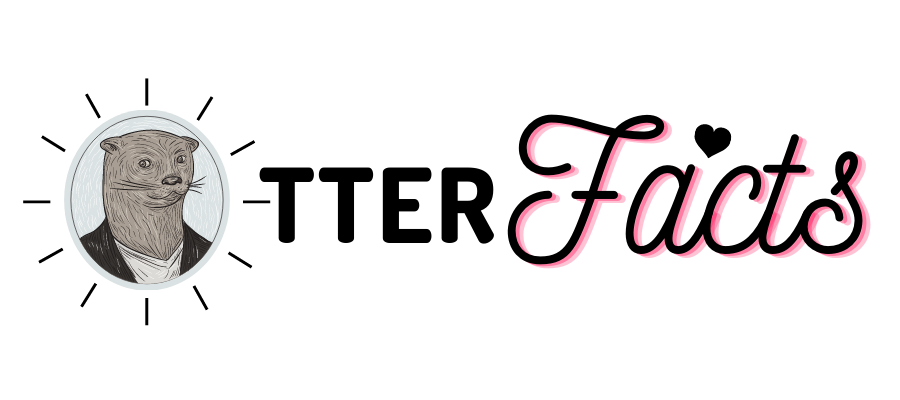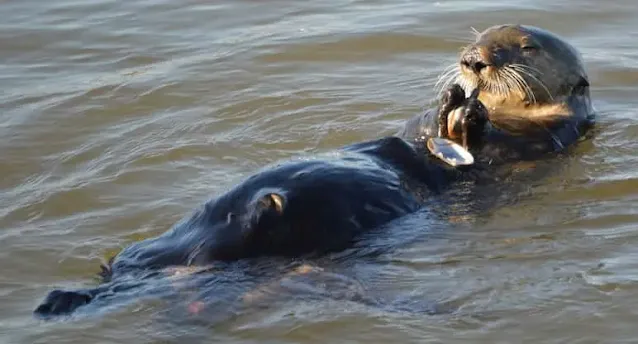What do sea otters eat
The Pacific Ocean is home to sea otters, which can be found in Russia, Alaska, Washington, and California. Only a few marine mammals are known to utilize tools to collect food, including these fuzzy marine creatures.
The Diet of a Sea Otter
Echinoderms (sea stars and sea urchins), crustaceans (e.g., crabs), cephalopods (e.g., squid), bivalves (clams, mussels, abalone), gastropods (snails), and chitons are among the marine invertebrates that sea otters eat.
How Do Sea Otters Consume Food?
Sea otters feed by diving for food. Sea otters can dive more than 200 feet and stay underwater for up to 5 minutes using their webbed feet, which are well adapted for swimming. To identify prey, sea otters utilize their whiskers. They also hunt and catch their prey with their quick front paws.
Sea otters are one of the only mammals known to use tools to capture and consume their prey. Mollusks and urchins can be dislodged from associated rocks with the help of a rock. When they reach the surface, they frequently consume by laying food on their stomachs, then placing a rock on their stomachs, crushing the prey against the rock to open it and get at the flesh within.
Preferences for prey
Individual otters in a given location appear to prefer different prey. Different otters specialized in diving at different depths to obtain different prey items, according to a study conducted in California. There are deep-diving otters that consume benthic species like urchins, crabs, and abalone, medium-diving otters that eat clams and worms, and surface-feeding otters that eat snails.
Certain otters may be more susceptible to disease as a result of their food habits. Sea otters eating snails in Monterey Bay, for example, appear to be more susceptible to Toxoplama gondii, a parasite found in cat feces.
Storage Containers
Under their forelimbs, sea otters have loose skin and baggy "pockets." These pouches can be used to store additional food and tools like pebbles.
Ecological Consequences
Sea otters have a metabolic rate that is 2-3 times that of other animals their size (that is, they need a lot of energy). Sea otters consume between 20-30% of their body weight each day. Otters are 35-90 pounds in weight (males weigh more than females). As a result, a 50-pound otter would require approximately 10-15 pounds of food every day.
Sea otters' diet has an impact on the habitat in which they reside. Sea otters have been discovered to have an important part in the kelp forest's ecosystem and marine life. Sea urchins can feed on kelp and consume their holdfasts in a kelp forest, causing the kelp to be deforested. When sea otters are plentiful, however, they consume sea urchins and keep the urchin population under check, allowing kelp to thrive. As a result, sea otter pups and a variety of other marine creatures, including fish, have a safe haven. This provides an abundance of prey for other marine and even terrestrial creatures.


.webp)
.webp)
